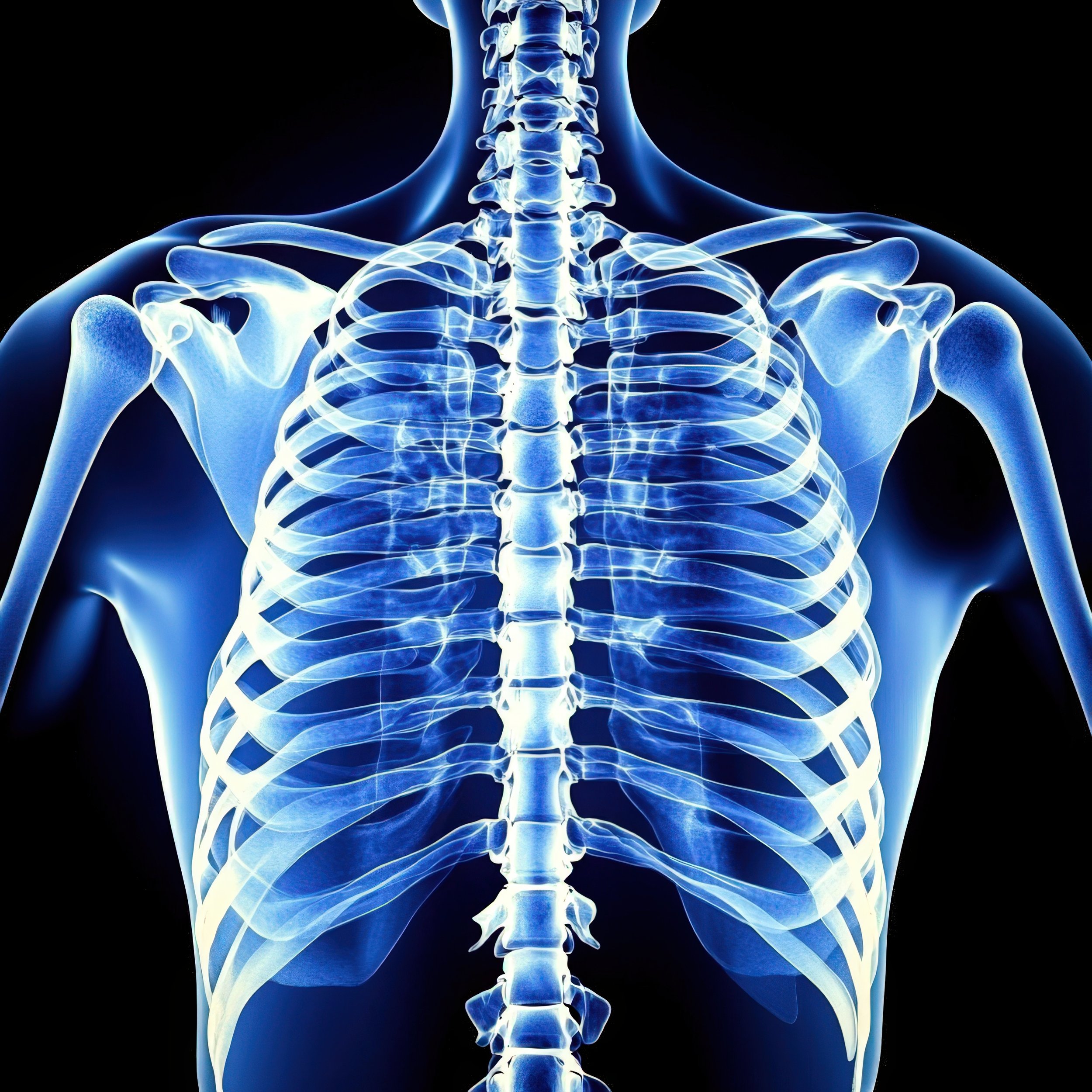Law # 1 ~ Train For Alignment
Upward and Onward…
Training for Alignment: How Daily Habits Shape Our Posture and Health
In the rhythm of daily life, our bodies adapt to the positions we habitually assume—whether it’s slouching on the couch, standing with weight unevenly distributed, or favoring one side while sitting. These seemingly innocuous habits can, over time, reshape our posture and alignment, leading to a cascade of health issues. Understanding how our daily behaviors influence our body’s structure is crucial for maintaining optimal health and preventing discomfort.
The Subtle Impact of Daily Habits
Consider the routine of sinking into the same spot on the couch each evening, perhaps leaning to one side to watch television. Over time, this creates a physical indentation in the furniture and encourages a habitual posture that molds our body into misalignment. Similarly, standing predominantly on one leg can lead to uneven weight distribution, affecting the hips, knees, ankles, and even the shoulders. These positions may feel comfortable due to their familiarity, but they gradually alter our musculoskeletal structure, often without our conscious awareness.
Consequences of Poor Posture
Persistent poor posture doesn’t just change our appearance; it has tangible health repercussions. Misaligned posture can lead to back and neck pain, as well as other health troubles, especially when sitting at a desk all day. Additionally, poor posture can decrease flexibility, impair joint movement, and affect balance, increasing the risk of falls and injuries.
Contributing Factors
Several factors contribute to the development of poor posture:
• Muscle Weakness and Imbalance: Weak core muscles encourage slumping, which tips your body forward and thus off balance.
• Excess Weight: Carrying extra weight, especially around the midsection, can pull the body out of alignment, leading to postural changes and discomfort.
• Footwear Choices: Wearing high heels or unsupportive shoes alters the body’s center of gravity, encouraging compensatory postures that can strain muscles and joints.
• Repetitive Activities: Engaging in repetitive motions or maintaining static positions, such as constant bicycle riding or prolonged computer use, can lead to muscle imbalances and postural issues.
The Path to Realignment
Awareness is the first step toward correcting poor posture. By recognizing and adjusting our daily habits, we can retrain our bodies toward healthier alignment:
• Mindful Sitting and Standing: Ensure that your ears, shoulders, hips, and ankles are aligned when standing, and maintain a neutral spine when sitting.
• Regular Movement: Incorporate breaks to stand, stretch, and move throughout the day to prevent the stiffness and muscle imbalances that contribute to poor posture.
• Strengthening and Stretching: Engage in exercises that strengthen core and back muscles while stretching the chest and shoulders to promote an upright posture.
• Ergonomic Adjustments: Modify your workspace to support good posture, such as adjusting chair height, using lumbar supports, and positioning screens at eye level.
Conclusion
Our daily habits are powerful forces that shape our body’s structure and overall health. By becoming cognizant of the positions we adopt and making conscious adjustments, we can prevent the gradual decline into misalignment and its associated health issues. Embracing mindful movement and posture not only enhances physical well-being but also contributes to a more vibrant and pain-free life.

